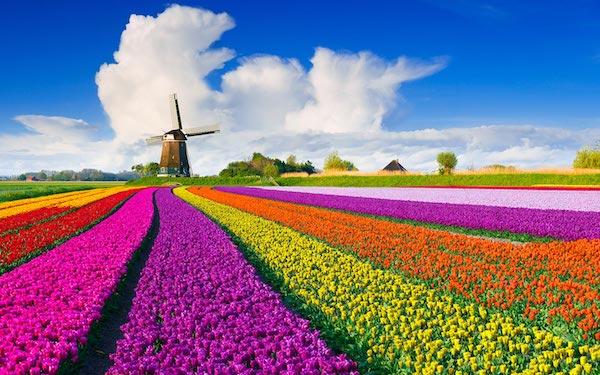

(quote)
Why the Arctic snow is turning pink and why it’s a bad sign
Pink snow occurs as a result of algae. During the months that it’s warm in the Arctic, a thin layer of meltwater forms on ice and snow. The sunlight and the water are ideal growing conditions for algae and they begin to thrive.
The problem with the pink snow has to do with albedo, or the amount of reflectivity an object gives off. White reflects the most light; darker colours absorb light. The more glaciers and snow melt, the more algae forms. The more algae forms, the more sunlight it absorbs, causing more melting. That is bad news for the Arctic, a region that is warming faster than anywhere else on the planet. The researchers found that the algal blooms were decreasing albedo by 13 per cent over one melt season.
Antarctica’s Pink Snow Is Brought to You By Algae and Penguin Poop
The algae known as Chlamydomonas nivalis gives the landscape its unusual hue. The phenomenon is also known as “watermelon snow.” At some points in the year, the algae makes the snow appear green; at other times, sherbet pink or berry red. “Snow algae have an interesting life cycle, with the ability to modify their pigmentation in order to adapt to changing seasons and environmental conditions,” says Alia Khan, an assistant professor in environmental sciences at Western Washington University. The algae is green during its reproductive stage, and then looks pink or red when it’s dormant.
Mysterious pink “watermelon snow” has been appearing in the Italian Alps — and it may warn of environmental disaster
At first glance, the snow that’s changed from white to bright pink in the Italian Alps seems like a stunning feat of nature. But scientists say it may actually be a warning sign of environmental trouble.
(unquote)
Image courtesy Liane G. Benning, GFZ and Miguel Medina/Afp via Getty Images






